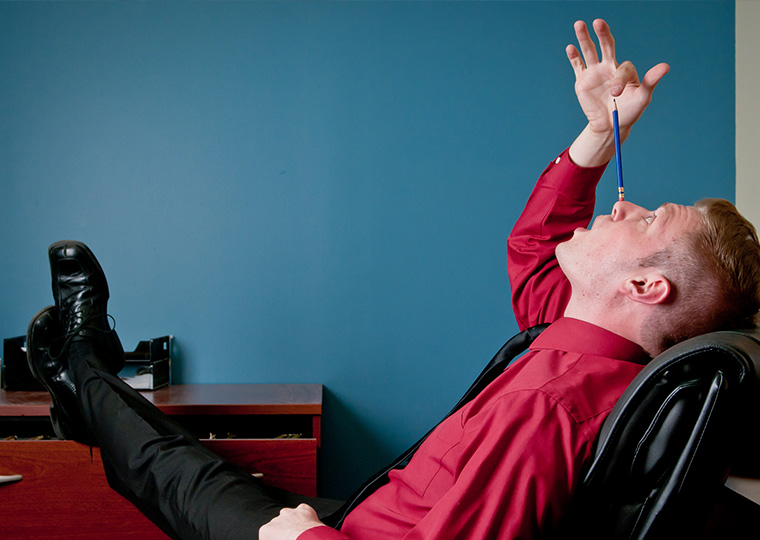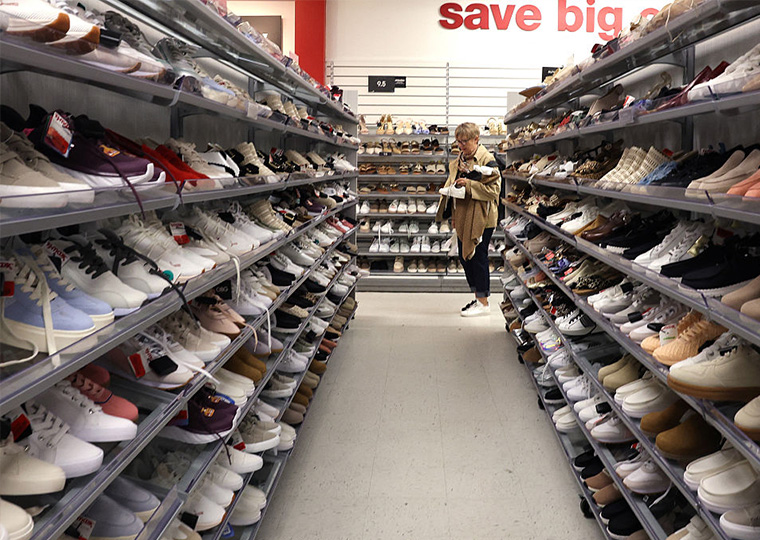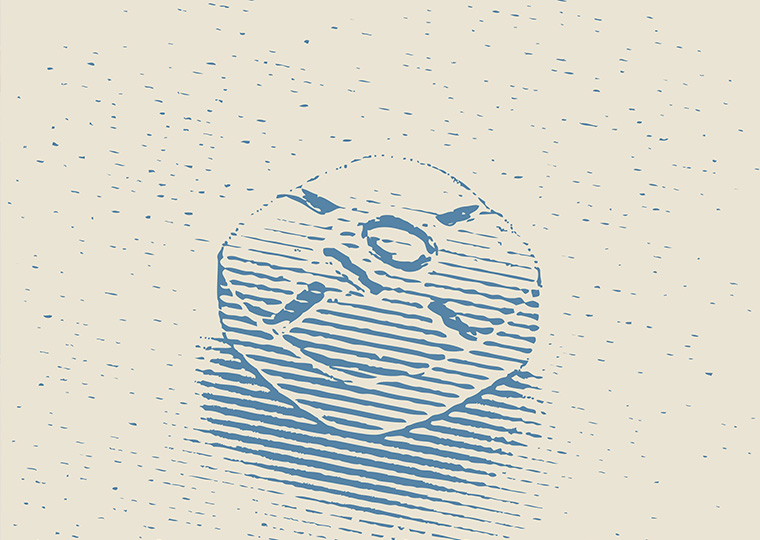A conundrum: When others’ tips are visible, users make larger tips to keep up. But they tip more often when tips aren’t displayed online
Tipping as a topic is having a moment.
President Trump has vowed to make tip income tax-free, prompting some economists and others to worry how that would distort the employment market and the consumer transaction world generally. The term “tipping fatigue” is in vogue, as people grow weary of point-of-sale devices with suggested tip amounts for services and products not yet rendered. And on the internet, where we’ve been told for decades that “information wants to be free,” content is increasingly accompanied by an extended digital hand seeking a tip or other payment.
TikTok has a handy guide to tipping on the platform. YouTube allows tipping on chats, livestreams and uploaded videos through programs known as Super Chat, Super Stickers and Super Thanks, respectively. (YouTube, TikTok and many other platforms also share ad revenue with some content creators.) Your favorite Instagram influencer may direct you to his website where tips can be made on multiple payment platforms. And Only Fans, the porn sharing platform, is all about tips.
Opt In to the Review Monthly Email Update.
Tips paid by fans are critical to content creators and their platforms. These appreciative gifts keep the necessary, voluminous stream of new material flowing. They also pad revenues for some platforms that take a cut of each tip, (a practice frowned upon in the restaurant industry.)
So what can a platform developer do to encourage viewers to tip large and tip often?
In a working paper, UCLA Anderson’s Mahsa Paridar, a Ph.D. student, University of Pittsburgh’s Mina Ameri and UCLA Anderson’s Elisabeth Honka analyze tipping habits on one social media site for clues. Using data from BoardGameGeek, a site for board and card game enthusiasts — yes, an online site for offline games — they studied how disclosures of tipping activity affects the frequency and amount of tips to content creators.
BGG offers reviews, discussion forums and other interactive materials provided exclusively by some of its roughly 2 million registered users. It also provides a marketplace for buying or trading games, many of which are hard to find in mainstream retail.
Tips on BGG, like those on a sizable minority of social media sites, have no monetary value. The site has its own currency — GeekGold — which is earned by starting discussions, writing reviews or otherwise contributing to the site’s content. In addition to tipping, members typically use GreekGold to buy avatars or other icons for their own profiles, or to participate in lotteries and auctions for actual games.
The authors, however, study the behavior of BGG users for clues to the broader world of tipping online, which often involves money.
Beliefs about how much others are tipping was by far the largest factor in BGG viewers’ decisions about whether and how much to tip, the authors observed. Viewers appeared keen to make their own tips mimic the site’s norms.
Viewer thoughts about the quality of the content were not nearly as important to tips, according to the paper. The researchers estimate that on average, users’ beliefs about the tipping norm represents 67% of each tip; content quality, about 28%; personal characteristics, such as an individual’s cultural background or general willingness to tip, represented about 5%.
More Small Tips
An important component to capitalizing on the desire for conformity lies in how and when the site displays — or hides — information about each tip, the authors suggest. Making tip amounts visible affects average tip size and tipping frequency — but in opposite ways.
Openly displaying tip amounts leads to higher average value of tips, the data shows. BGG’s tip average would have been about 30% lower if the site had hidden tip information, according to study simulations.
But not everyone tips on every possible tipping occasion. And tipping frequency can be discouraged by displays of tips. Viewers tip more often and in smaller amounts when they don’t know how much others tip. Interestingly, if the average tip amount seems high to viewers, they would rather not tip at all than to lowball a donation, the data suggests. At BGG, the researchers estimate that hiding tip information would have led to about 39% more in total collected tips.
The observations create a practical dilemma for site developers. If taking a cut of tips, hiding tip amounts could create substantially more revenue for the platform. But the strategy could harm some creators.
A compromise strategy might be to make the tips visible only for some time before turning off the information. The researchers ran simulations for clues to how tipping habits on BGG would have been different if the company had limited or turned off visibility halfway through the 22-month study period.
The strategy appears to set a norm higher than it would have been by never making tips visible, while still encouraging more tips than never revealing a norm. Model results suggest a 41% rise in the number of tips after the turn off. Yet, to a large extent, viewers’ perception of a normal amount of a tip seemed to stick. The average amount of each tip fell off only 10%. The total amount of tips collected in the hypothetical scenario was 27% higher than BGG collected in real life with continued visibility throughout.
Fans figure out how much to tip by looking at both what others are tipping and the size of tips they themselves have received on the site, the researchers contend. Because an individual content creator receives far fewer tips than the number she sees on the site, they write, tips to others carry far more weight in establishing the norm. As the norm became more obvious over time, variations in the size of tips shrank.
While the field of research into tipping for online content is in its infancy, many years of studies on gratuities for traditional services point to motivations similar to those Paridar, Amari and Honka identified. Social norms are by far the largest factor motivator in determining the size of a tip. The quality of the service is far less influential.
Featured Faculty
-
Mahsa Paridar
Marketing, Ph.D. candidate
-
Elisabeth Honka
Associate Professor of Marketing
About the Research
Paridar, M., Ameri, M., &Honka, E. (2025). Platform Design in a Tipping Economy: Norm Development and the Role of Information Disclosure.






